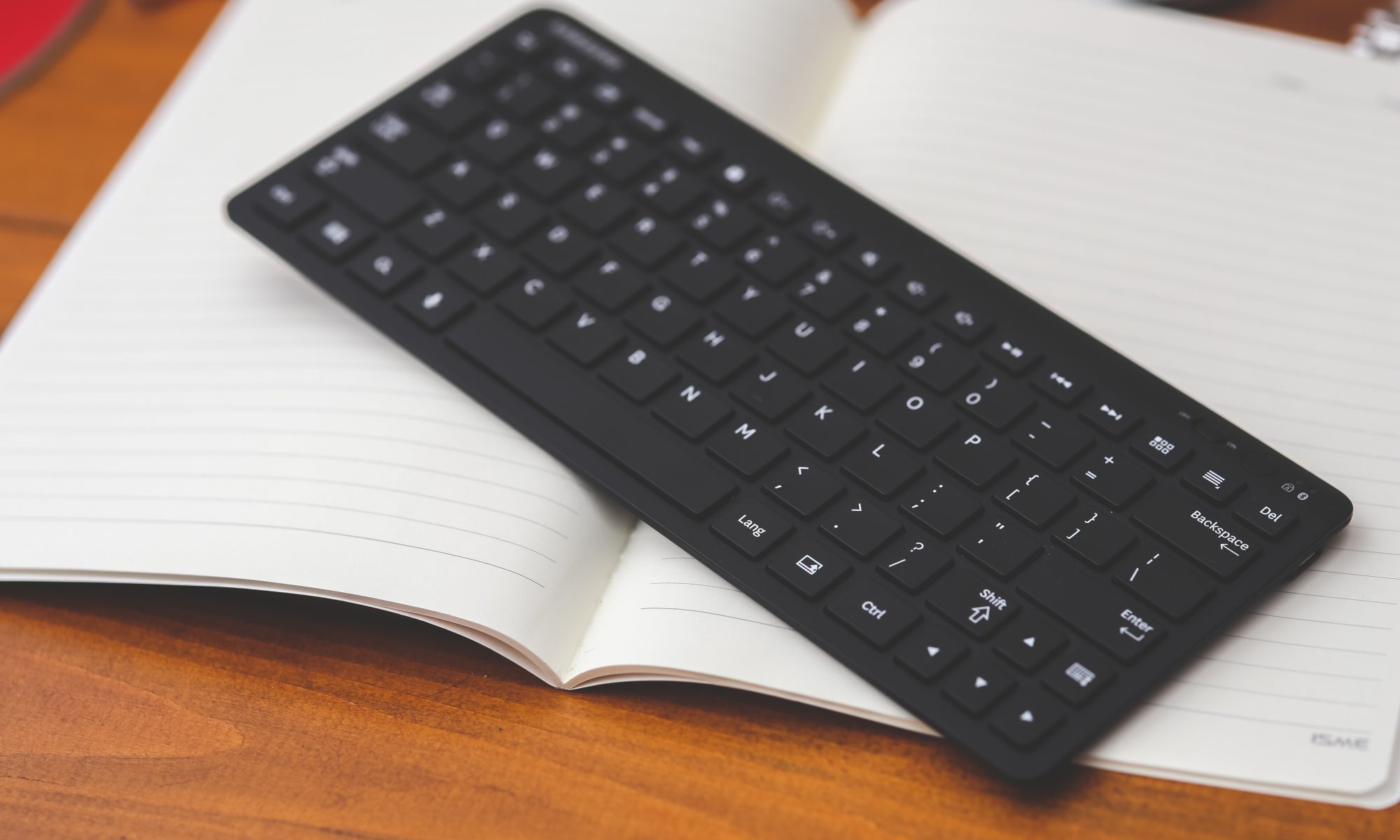I read the recent Microsoft plan of tatooing illegal copies of Microsoft Windows XP at various places over the internet. From what I read, the process involved putting a pop-up dialog box that will appear on the Windows login screen, informing the user that his copy of the OS is counterfeit and that he should get a genuine copy.
Another message will permanently be affixed at the user’s desktop, “This copy of Windows is not genuine. You may be a victim of software counterfeiting”, the reminder can’t be removed (tattooed).
Finally, a ballon-style popup will appear randomly in system tray reminding you that you’re using an illegal copy of Microsoft Windows. The only way to stop the messages from appearing is to replace the OS with a genuine copy. Though some unofficial sources claimed, that there’s a crack to circumvent all the warnings.
These ‘nagulator’ (not my word), is somehow related to another business model, called shareware or nagware, which constantly reminds you to pay for the software you use randomly. IMHO, if Microsoft were to really discourage software piracy, it should impose a stricter way to prevent people from using illegal copies of it’s own products.
Instead, they create a specially crafted dialog box that is used in common nagware/shareware to deter “piracy”. Has Microsoft turned it’s own operating system to a shareware now?
[Source]
